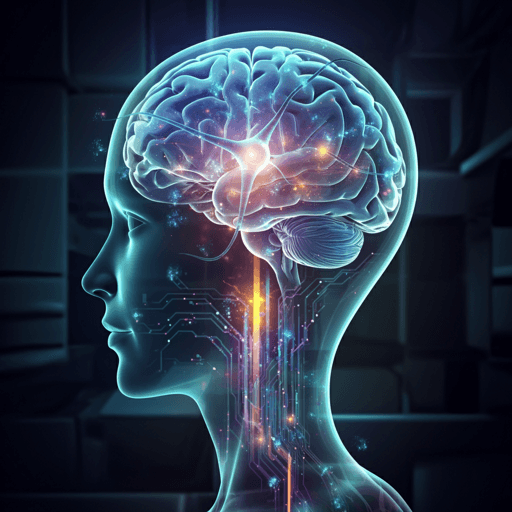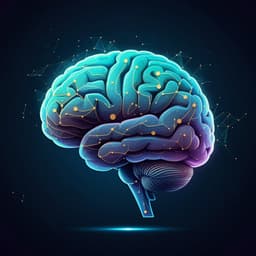
Medicine and Health
Research hotspots and frontiers of neuromodulation technology in the last decade: a visualization analysis based on the Web of Science database
Y. Liu, Q. Zhang, et al.
Rapid advancements in neuromodulation over the past decade—highlighting deep brain stimulation, TMS, tDCS and focused ultrasound—are reshaping rehabilitation for brain disorders, with rising global output led by the US, China and the UK and top institutions like Harvard and Stanford. Recent trends emphasize recovery, movement and neuroplasticity, pointing toward deep structure targets and motor restoration. This research was conducted by Authors present in <Authors> tag.
~3 min • Beginner • English
Related Publications
Explore these studies to deepen your understanding of the subject.







